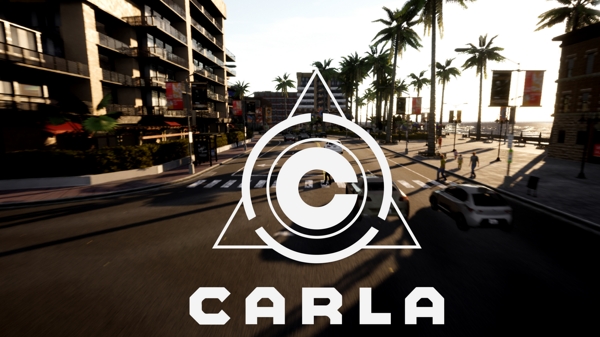Week 2 - Testing Carla Simulation.
A first introduction to the Carla simulation would be a good place to start with this weeks job, for we need to get acquainted with this simulation if we want to train a self autonomous vehicle in it.

Carla, is an open-source simulator builded for autonomous driving research. The software behind Carla is constantly being mainteined and developed, having every year a few mayor launches, and forums where they are pretty active with the community. It was clearly a good starting point for the project in our hands, but being as good as it looks, Carla is computacionally very expensive, even more when sensors are added to the equation. This is why, it was important to try to do multiple tests so that we could come up with a solution, either if it could be possible to implement Reinforcement Learning algorithms in Carla, or if it would be better (for the future) to change to a lighter simulation.
Trying to make Carla work in my local device wasn’t going to be a simple task, given that the recommended virtual memory was 8Gb and my laptop has a 6Gb. The first idea was to install Carla 0.9.13, its latest version. Testing it, the results weren’t very promising, while the Client part of the simulator gives us 60 fps, the Server part was giving us 5 fps which is really bad, specially if we want to add sensors to the vehicle for reinforcement learning. This same behaviour was repeated for other versions of Carla above the 0.9.1X, so the idea now was to try for the older versions to see if the newer software was more demanding than the older ones, and finally with the 0.9.2 version we got jackpot, reaching 40+ fps on the server with lowered quality levels.
More tests will have to be made in the future to check whether the simulation is suitable for reinforcement learning or not but as of now, we have a stable working simulation that doesn’t drop the frames per second below 10.
